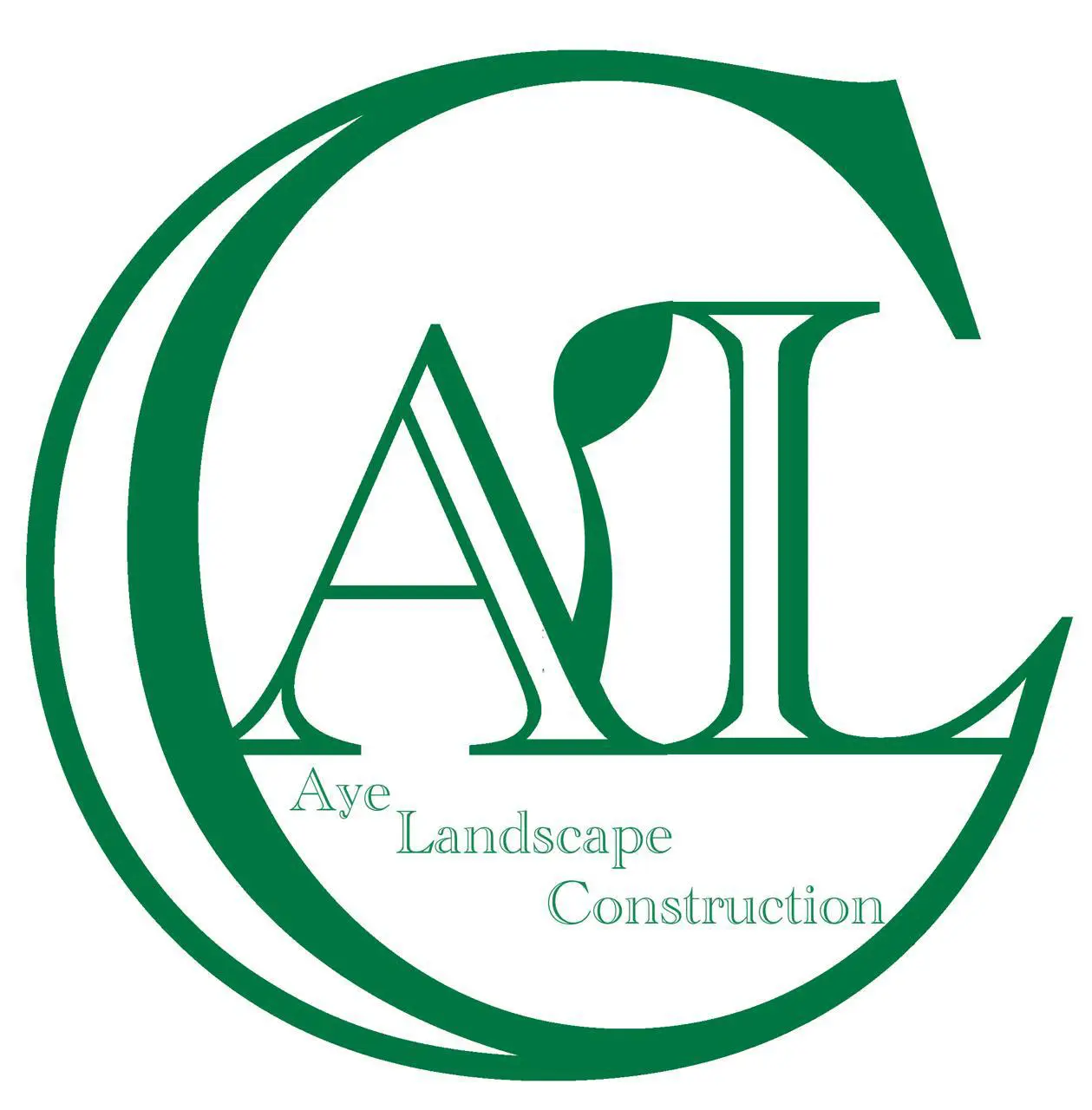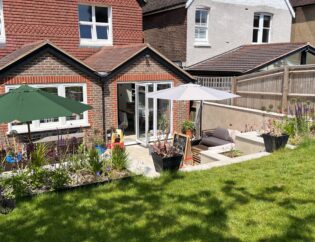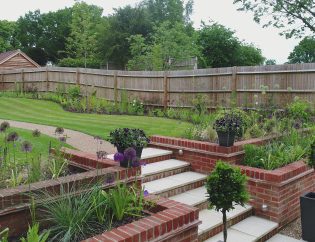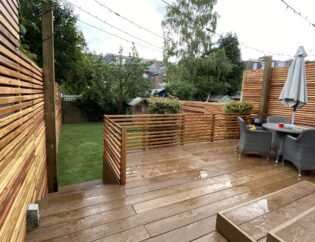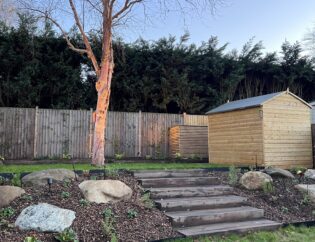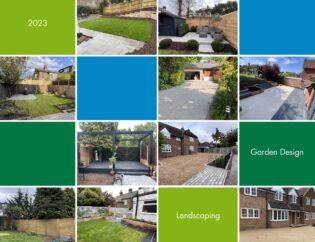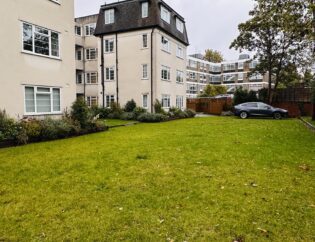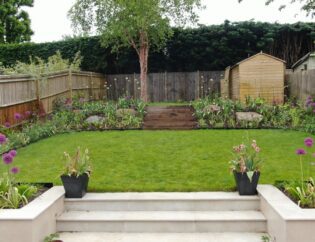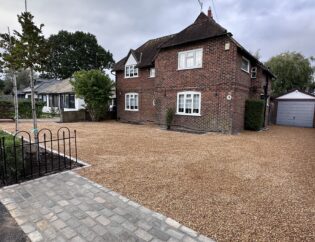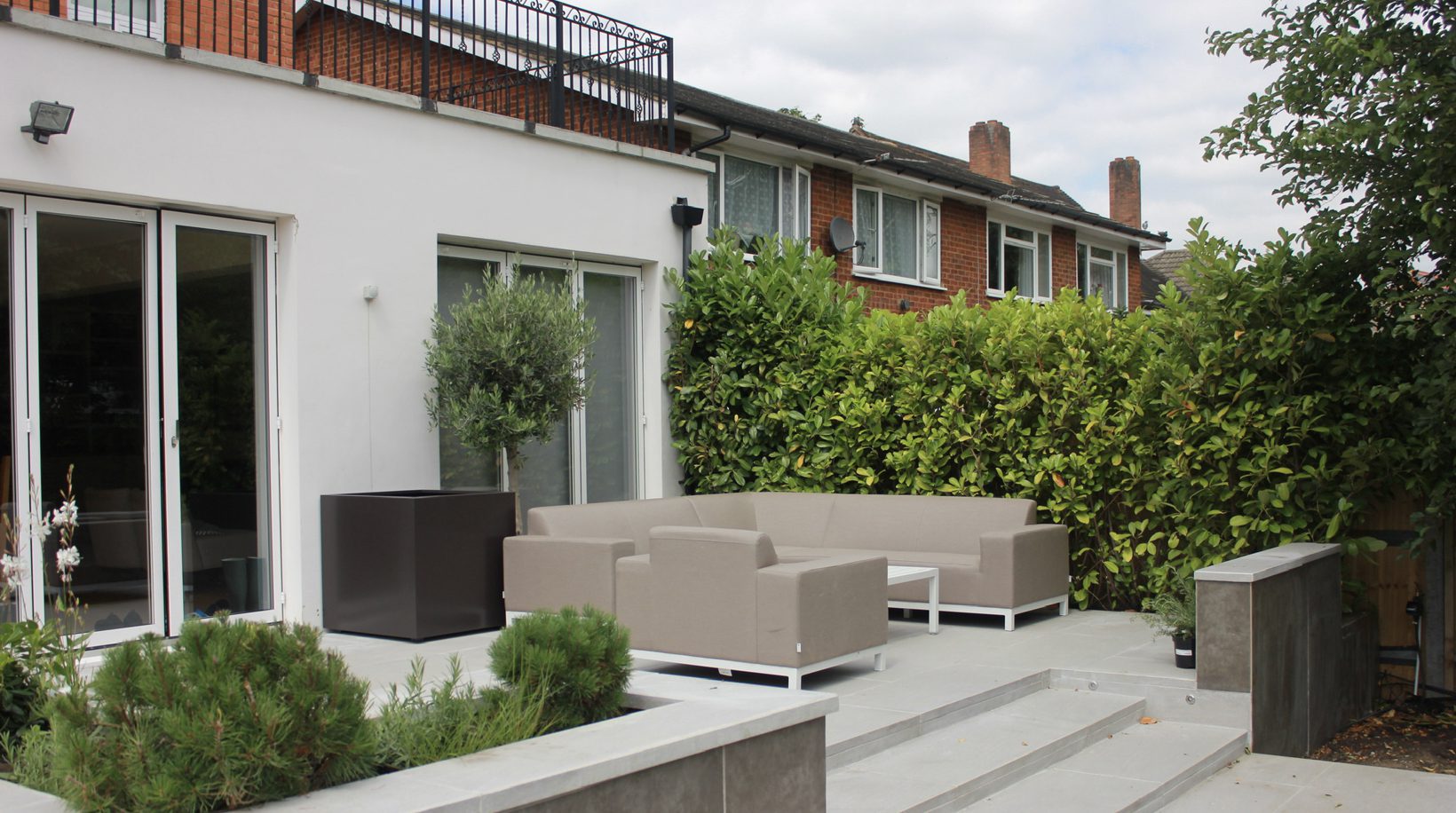
Planning your landscaping project
What you need to know before you start planning your new garden.
A new landscaping project is exciting, but it can also be overwhelming. All sorts of things to think about! From paving to seating, decking to boundaries, the choices and potential are endless. And that’s before you even start planning the planting.
The key to good landscaping design and successful upkeep is a good understanding of your plot; it’s challenges as well as it’s opportunities.
In this post, Aye Landscape Construction sets out the things that you need to think about before you start planning your landscaping project.
Before you start planning your garden
Define the area: This may sound obvious, but before you start planning, you’ll need to decide exactly what area of your outdoor space you are including in the project. For example, if budget is an issue, focusing on one area may be a way to achieve your objectives, leaving the rest of the space until funds allow.
Who is it for? Before you get started on the plan, be clear on what you will be using your outdoor space for. Who will be using it, and how? For example, are there children, pets, older people? How much outdoor entertaining will you be doing? Do you need to incorporate flat areas for young children to play, or wheelchair access? How much gardening and maintenance do you realistically see yourself doing?
Your budget: That brings us to the money! Before you start planning the details of your landscaping project and choosing the materials, set your budget. Your landscapers will then be able to advise you on the specifications and finish that you can expect to achieve at that cost. This avoids any disappointment and compromises later on in the project. Remember to leave a buffer for any unexpected expenses that might crop up.
Your objectives: Where are your favourite areas in your garden? What would you like to see more of? And is there anything you’d like to hide? Sharing your dislikes as well as your likes with your garden designer or landscaper will help them to get to know you better, so that they can help you plan the perfect garden.
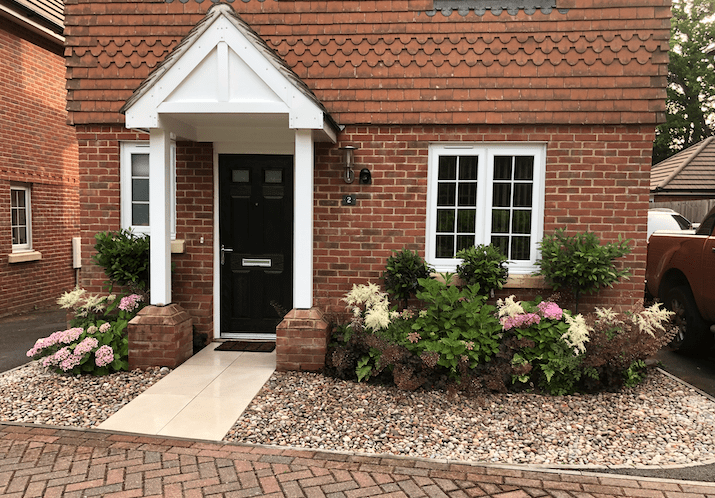
Your outdoor space
Aspect: To get the most out of your garden, you’ll need to know how conditions and weather can help it thrive. Which way does the garden face? At what times of the day does it enjoy the most light? Is there a particular area that can get windy, or even flooded that you’ll need to be aware of.
Aye’s Top Tip
Taking photos at different times on a sunny day will help you to see where the sun and shadows fall.
Shade and damp: Carefully look around the garden to see where the areas of shade and damp are, because this will have an impact on the choice of materials and plants that are best suited to these areas. Remember that neighbouring trees and buildings could also shade areas of your property, so pay attention to these too.
Soil type: Your choice of plants will depend on the soil type. Different plants thrive in chalky soil or clay, and at different pH levels. You can purchase a soil testing kit from your garden centre or send off a soil sample to the RHS. Talk to your neighbours to find out what grows best in their gardens, and pay attention to other gardens in your area to see what’s thriving in your local conditions.
Levels: Does the area have any slope that might affect drainage or access? How will you incorporate these slopes and different levels into the project? Would you prefer to get some advice on accentuating them, or flattening them?
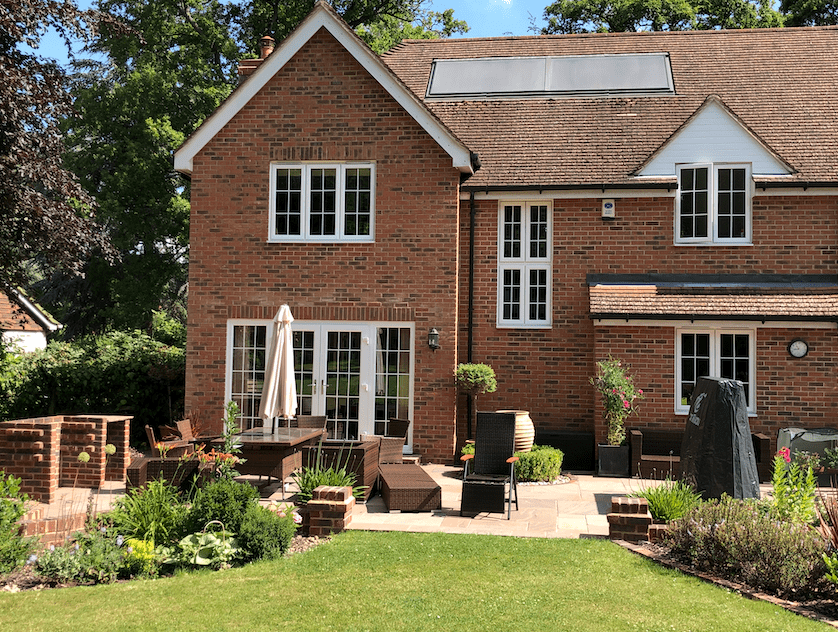
Legalities
Planning permission: Are there any restrictions on development? For example, generic planning permission for your street or area. Also look at the deeds of your house and check covenants online to make sure that there is nothing restricting you from carrying out your plans.
Boundaries: If you are making any changes to boundaries, even if only temporarily for access during the project, be sure that you have the relevant permissions and authorities. Have you spoken to your neighbours or do you anticipate any issues with boundaries and access?
Tree Preservation Orders: Your local authority can advise you on any Tree Preservation Orders that you need to be aware of. You can check to see if your property has a Tree Preservation Order on it, or if it is located within a Conservation Area, by checking your local authority website or by contacting their planning department. If your tree is protected, then you will need to apply to your Council before carrying out any work.
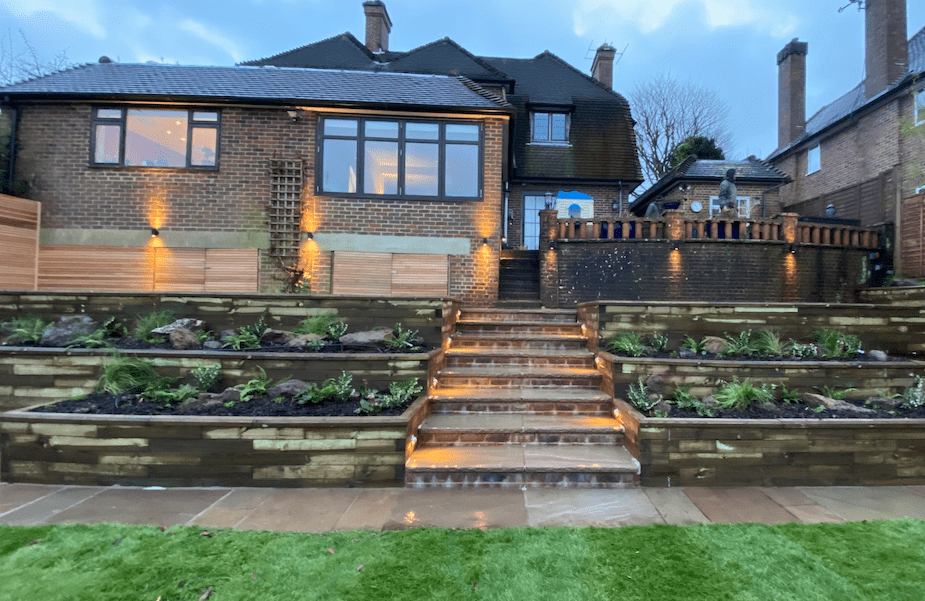
Your style
Now the fun starts! Think carefully about your style, and that of your home. What do you like? What don’t you like? This is a wonderful opportunity to put your stamp on your property, so make the most of it by researching thoroughly and being clear on what you want to see in your space.
Inspiration: If you’re not sure, have a look on the internet and in magazines for inspiration – perhaps even put together a “mood board” to collect together elements that you like.
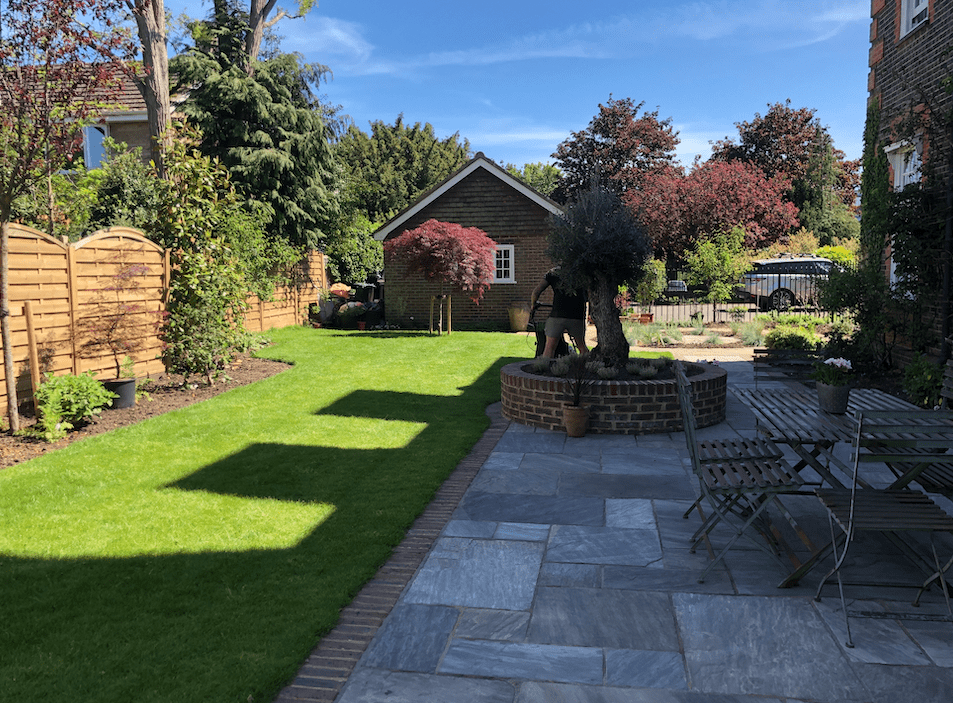
Aye’s Top Tip
Remember that your garden is an extension of your home, so include your buildings in the plan too. A little research on the age and style of your house or apartment will give you lots of inspiration on complementary styles and planting for your garden.
We hope that this gives you starting point to bring together your ideas, needs and preferences for your new garden. Through collaborative working, we will help you to translate your thoughts into a plan, pulling all this information together into the perfect outdoor space that works for you, your family and your home. Have fun and enjoy the process!
